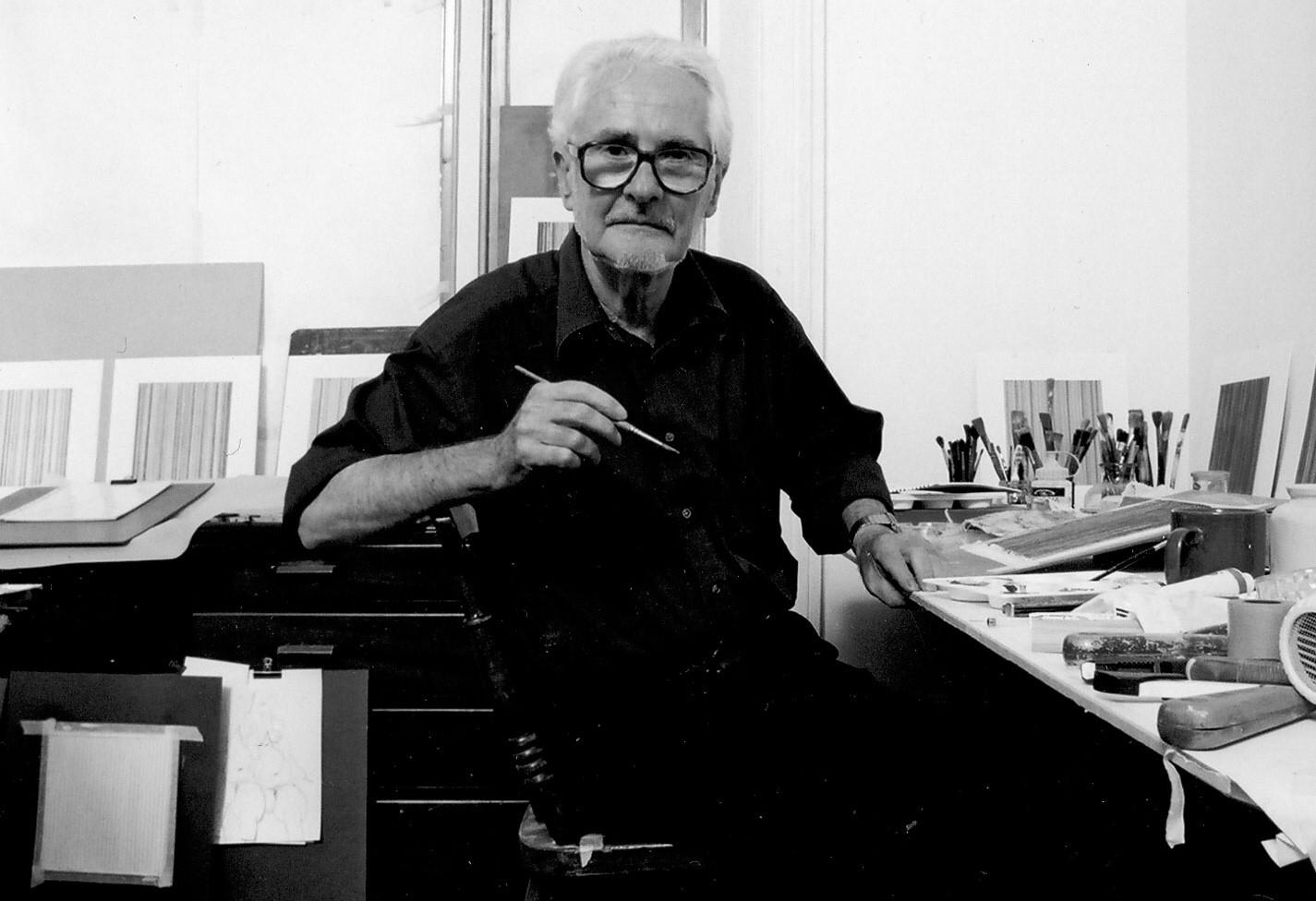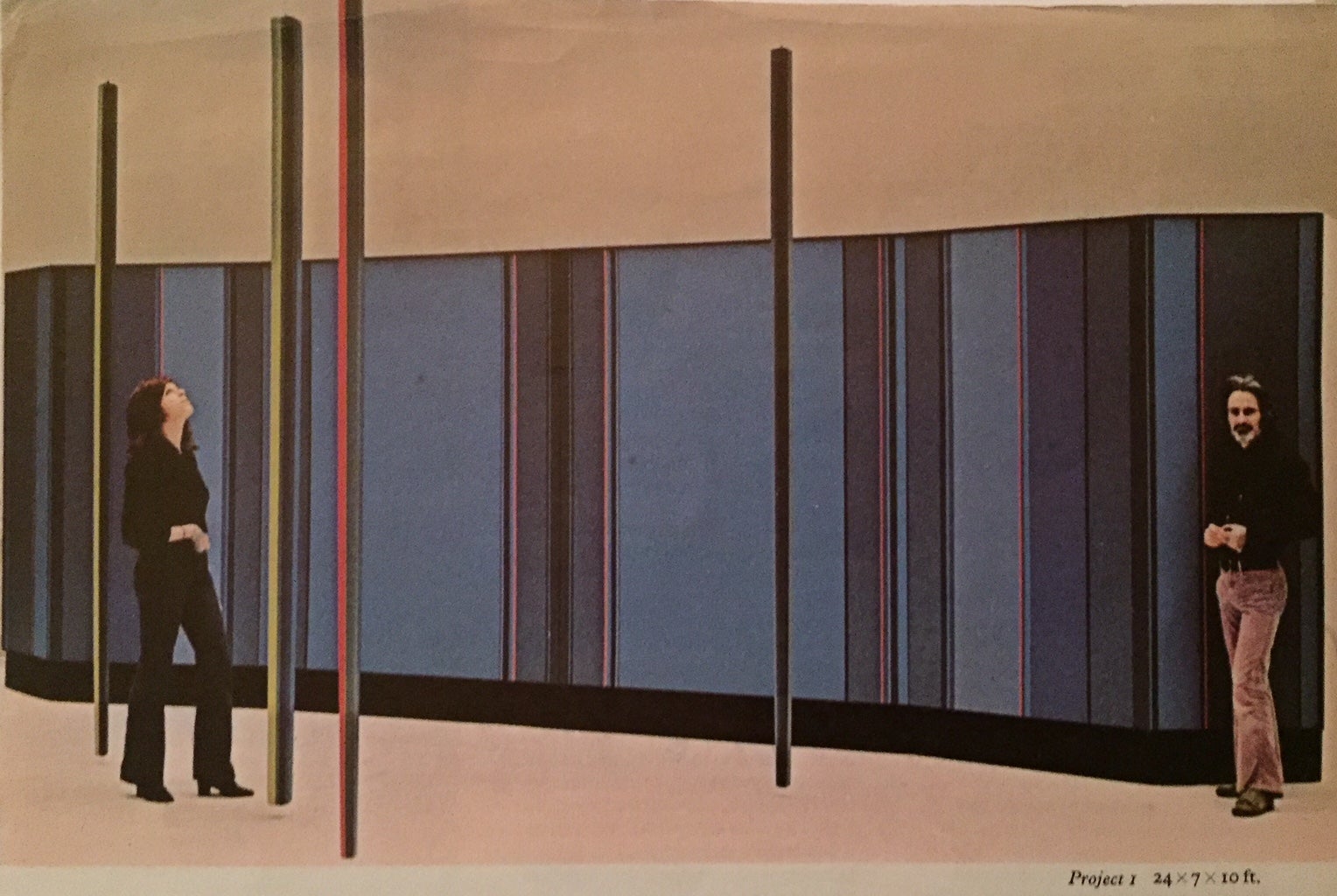Allen Barker: Painter whose boundary-pushing gained international attention
At the height of his popularity, he showed alongside Hockney and Elisabeth Frink and his retrospectives made dozens of tours around the world

Your support helps us to tell the story
From reproductive rights to climate change to Big Tech, The Independent is on the ground when the story is developing. Whether it's investigating the financials of Elon Musk's pro-Trump PAC or producing our latest documentary, 'The A Word', which shines a light on the American women fighting for reproductive rights, we know how important it is to parse out the facts from the messaging.
At such a critical moment in US history, we need reporters on the ground. Your donation allows us to keep sending journalists to speak to both sides of the story.
The Independent is trusted by Americans across the entire political spectrum. And unlike many other quality news outlets, we choose not to lock Americans out of our reporting and analysis with paywalls. We believe quality journalism should be available to everyone, paid for by those who can afford it.
Your support makes all the difference.The career of artist Allen Barker, who died aged 81, spanned decades and disciplines and often shone a light on Europe’s changing social climate. At the height of his popularity in the Sixties and Seventies, Barker showed alongside David Hockney and Elisabeth Frink. His work ranged from delicate drawings to challenging installations. He was exhibited all over the world.
Born in Wagga Wagga, Australia, Barker was just 18 when he had his first one-man show at the Lismore Regional Art Gallery in New South Wales and won the Lismore Regional Art Prize. He went on to study at the National Art School in Sydney. While he was still a student there, his work was shown at the Art Gallery of NSW. He moved to London in 1961 to study lithography at the Central School of Art.
Barker subsequently settled in Notting Hill, where he would live and work for the rest of his life, making his home a liveable piece of art.
The artist first courted controversy in 1969, when he exhibited a set of erotic drawings at Vienna’s Galerie Junge Generation in a group show with Hockney and Frink. The drawings, which included a representation of entwined penises and naked women with their legs open, caused mild outrage.
Ironically, almost 30 years later, when the drawings appeared again as part of a Barker retrospective at Bonhams in London, they caused a bigger stir. Bonhams took the decision that some of the works would only be shown “under the table” upon request, reflecting a society becoming less rather than more open.

In 1995, Barker reacted wearily to the news that his drawings were once again the subject of public prurience. Speaking to the Evening Standard, he said: “I thought here’s the same thing all over again. When I first exhibited some of these pictures in Vienna, one old lady complained that there were ‘two girls at it’. When I explained that at the time, young men had long hair, she said she was so disgusted she would never set foot in the gallery again. I told her I never wanted her to.”
He concluded, “The overall climate is much more conservative and that’s reflected in the students one teaches now – all with their eyes on the end result.”
Though it was his erotic drawings that brought him to the attention of the general public, Barker is perhaps best known in the art world for his colour-field paintings, and surface and movement works. His style had its roots in modernism. He was also skilled at architectural drawing and joinery and often incorporated both in his projects. Describing his art he said: “My painting lies strong within the tradition of the ‘sensuous pure form’. My concern is colour, structured colour.”
Much of Barker’s output was designed to involve the viewer directly. In 1978, for a work entitled Sand Project I, Barker sent three tonnes of sand from a British building site to the Galleri Morner in Stockholm, where it was simply unloaded and left to crumble. He said of the piece, “It was a pristine object and I hoped that someone would touch it and it would fall. No one would go near the damn thing.”
For Sand Project 2, the same gallery paid viewers to take small signed bags of sand (though not the same sand) away.
Barker was always keen to nurture the creativity of others. In 1978, he joined the staff at Central Saint Martins as a lecturer. He was a dedicated teacher, who especially enjoyed putting students together and suggesting collaborations. He remained at the college until his retirement in 2006.
Even once retired, Barker had an unstoppable work ethic and painted right until the last. During his lifetime, he had more than 40 solo shows. Today, his art can be found in many public collections, including that of the BBC, the Leicester Museum and City Art Gallery, and at his alma mater, Sydney’s National Art School. Only this year he took part in Gallery Attaché, a group show at The Oxford Artisan Distillery. At the time of his death, he was putting together another exhibition.
He is survived by his wife, Marilyn Norton, and a son, James Anthony Norton Barker.
Allen Barker, painter, born 11 March 1937, died 25 July 2018
Join our commenting forum
Join thought-provoking conversations, follow other Independent readers and see their replies
Comments